Forest Recovery After a Hurricane
- October 9, 2024
- 0 comment
Hurricanes cause significant damage to forests by disrupting their structure, reducing biodiversity, and affecting the ecosystem’s balance. However, forests are highly resilient and can recover when properly managed. Through natural regeneration and human interventions, they can gradually heal and regain their vitality.
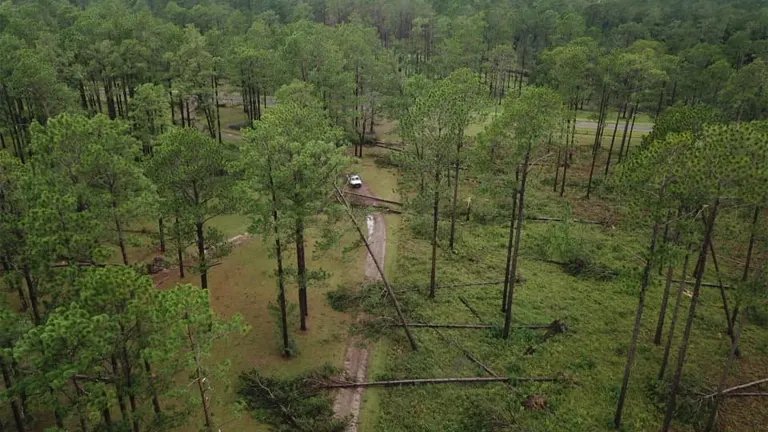
Various strategies help accelerate recovery, such as replanting and salvaging damaged timber. Understanding the processes and factors involved in this recovery highlights the importance of both ecological resilience and active forest management to restore forest health and maintain ecological balance after a hurricane.
The Impact of Hurricanes on Forest Recovery
Hurricanes are powerful storms that bring high winds, heavy rain, and storm surges. These forces wreak havoc on forests, breaking tree trunks, uprooting trees, and damaging habitats. The extent of the damage depends on the hurricane’s intensity, duration, and the forest’s pre-existing health.
- Wind Damage: The high winds can strip leaves, snap branches, and even uproot entire trees.
- Flooding: Torrential rain and storm surges can lead to prolonged flooding, suffocating tree roots and affecting soil composition.
- Habitat Disruption: Wildlife that depends on forest cover and structure may lose nesting sites, food sources, or shelter.
While the initial destruction can seem catastrophic, it’s often the first stage in a complex recovery process.
Natural Forest Regeneration Post-Hurricane
Forests have evolved mechanisms to recover from natural disturbances, including hurricanes. This process is known as natural regeneration, where the ecosystem begins to heal itself without direct human intervention.

- New Growth: After a hurricane, many tree species can sprout from broken trunks, roots, or seeds dispersed during the storm. Pioneer species, which grow rapidly, often dominate initially, preparing the ground for more long-term forest inhabitants.
- Seed Dispersal: Some trees depend on disturbances like hurricanes to spread seeds. Strong winds can transport seeds to new areas, aiding the recolonization of cleared spaces.
- Ecological Succession: Forest recovery often follows a predictable pattern. Early colonizers pave the way for slower-growing, more shade-tolerant species. Over time, the forest regains its original structure and composition.
Natural regeneration is a resilient process but can take years or even decades depending on the extent of the damage.
The Role of Human Intervention
While forests can regenerate on their own, human intervention often plays a critical role in accelerating recovery and ensuring long-term forest health. Active forest management can help mitigate the most severe impacts of hurricanes.

- Salvage Logging: This involves removing downed trees to prevent them from becoming fuel for wildfires or breeding grounds for pests and diseases.
- Reforestation: In areas where natural regeneration is slow, replanting native trees can help restore the forest more quickly.
- Soil Restoration: Hurricanes can erode soil, affecting nutrient levels and water retention. Restoring soil health through erosion control methods and adding organic matter can help young trees establish themselves.
Without proper management, forests may take longer to recover or face secondary issues like invasive species.
Factors Affecting Forest Recovery
Not all forests recover at the same rate, and several factors influence the recovery process. These factors include:
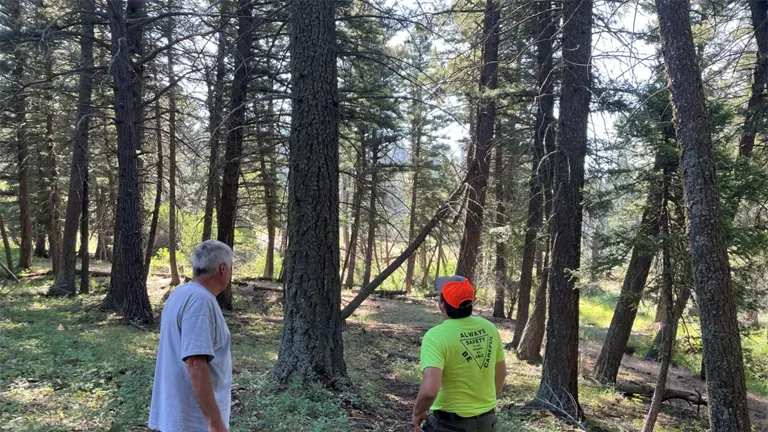
- Forest Type: Coastal mangroves, tropical rainforests, and temperate forests each have different recovery dynamics. For example, mangroves are particularly well-adapted to survive and regenerate after storms.
- Pre-Hurricane Forest Health: A healthy, biodiverse forest is more resilient to hurricanes. Forests weakened by disease, logging, or drought may struggle to recover.
- Hurricane Severity: Stronger hurricanes cause more extensive damage, requiring longer recovery periods.
- Climate Conditions: The post-hurricane climate also influences recovery. Drought, for example, can stress trees and slow regrowth.
Understanding these factors is crucial for managing forests after a storm and ensuring long-term recovery.
Long-Term Effects of Hurricanes on Forest Structure
Even after regrowth begins, the structure of the forest may be permanently altered. Some long-term changes include:

- Altered Canopy Structure: Hurricanes can thin out the canopy, allowing more sunlight to reach the forest floor. This can lead to an increase in undergrowth and change the species composition.
- Biodiversity Shifts: Some species may not return after a hurricane, leading to changes in biodiversity. In some cases, invasive species may take over, outcompeting native plants and altering the ecosystem balance.
- Increased Vulnerability: A forest recovering from a hurricane may be more vulnerable to future disturbances like wildfires, drought, or additional storms.
These changes can create a “new normal” for the forest, different from its pre-hurricane state but still functioning as a healthy ecosystem.
Climate Change and Future Hurricane Recovery
Climate change is expected to increase the frequency and intensity of hurricanes. This poses new challenges for forest recovery, as forests may not have enough time between storms to fully recover.
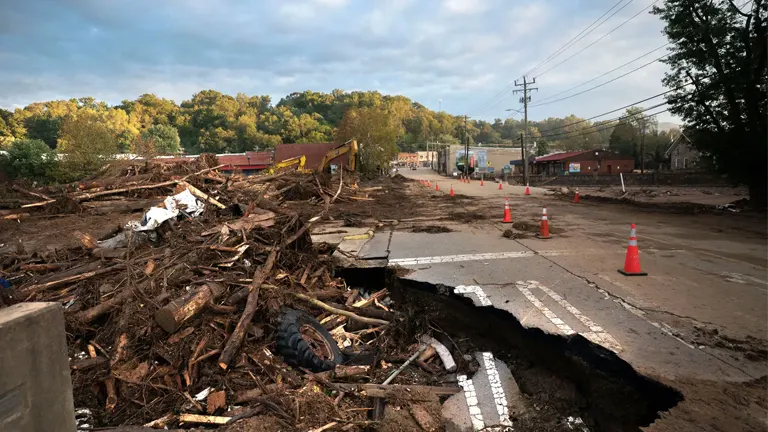
- Increased Hurricane Intensity: Stronger storms can cause more extensive damage, slowing recovery rates.
- Shorter Recovery Windows: With more frequent storms, forests may struggle to regain their original structure before another hurricane strikes.
- Rising Sea Levels: Coastal forests like mangroves are especially vulnerable to rising sea levels, which can exacerbate storm surges and saltwater intrusion.
Adapting forest management practices to account for climate change will be essential in maintaining resilient forest ecosystems in the future.
Examples of Forest Restoration After Hurricanes
Several real-world examples illustrate the complex process of forest recovery after a hurricane:
- Hurricane Katrina (2005): Coastal forests along the Gulf of Mexico were devastated, but many have since shown signs of recovery. Mangrove forests, in particular, have demonstrated resilience, with new shoots appearing within months of the storm.
- Hurricane Maria (2017): Puerto Rico’s forests were heavily impacted, with widespread tree loss. However, natural regeneration processes have been underway, with early successional species filling in gaps left by the storm.
These examples highlight both the resilience of forests and the challenges they face in the wake of extreme weather events.
How You Can Help Forest Recovery
Individuals can contribute to forest recovery efforts by supporting conservation initiatives and adopting sustainable practices.
- Volunteer for Reforestation Projects: Many organizations lead tree-planting initiatives in hurricane-damaged areas.
- Support Sustainable Forestry: Buying products from sustainably managed forests helps ensure that forests are resilient and healthy.
- Reduce Carbon Footprint: Reducing your carbon footprint can help mitigate climate change, reducing the intensity of future storms.
By taking action, you can help protect forests and ensure their recovery after hurricanes.
Final Conclusion
Forest recovery after a hurricane is a long and complex process, but with natural regeneration and human intervention, forests can bounce back. Managing these ecosystems for future resilience in the face of increasing hurricane activity is crucial. Through active participation in conservation efforts, we can all play a role in ensuring that forests continue to thrive after these devastating events.
Frequently Asked Questions (FAQs)
- How do hurricanes affect forests?
Hurricanes damage forests by uprooting trees, breaking branches, and causing flooding, which can harm soil and tree roots. - Can forests recover naturally after a hurricane?
Yes, forests can recover naturally through processes like natural regeneration, where new growth replaces damaged trees over time. - What role does human intervention play in forest recovery?
Human intervention, such as replanting trees and managing soil health, can speed up the recovery process and prevent further damage. - How long does it take for a forest to recover after a hurricane?
Recovery time varies; it can take several years to decades depending on the severity of the hurricane and the forest’s health. - What are the key strategies for aiding forest recovery?
Key strategies include reforestation, salvage logging, and soil restoration to support tree regrowth and prevent erosion. - How does biodiversity change during forest recovery?
Forests may see a shift in biodiversity, with early successional species dominating initially before the ecosystem balances over time. - What are the long-term impacts of hurricanes on forest ecosystems?
Long-term impacts include changes in canopy structure, species composition, and increased vulnerability to future disturbances. - How does climate change affect forest recovery after hurricanes?
Climate change increases hurricane intensity and frequency, which can slow down forest recovery and increase long-term ecological challenges.
We hope this guide has highlighted how forests recover after hurricanes and how you can help. Have ideas or experiences with forest restoration? Share your thoughts below. Your input can encourage others to take action in supporting these vital ecosystems. Feel free to pass this guide along to anyone interested in protecting our forests and ensuring a healthier environment for the future.
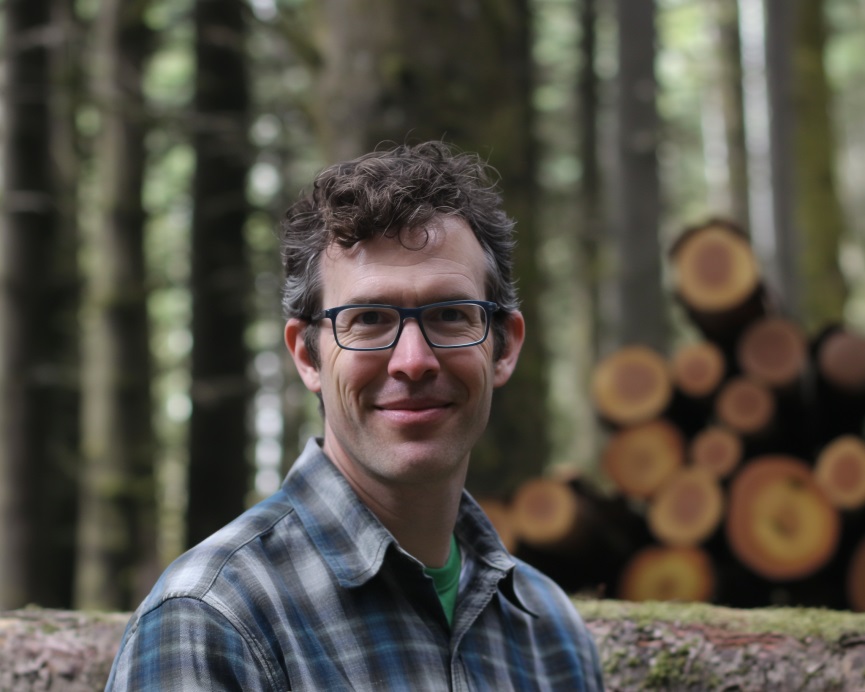
James Wilson
Forestry AuthorJames Wilson has over 15 years of experience in forestry economics, specializing in sustainable practices, investment opportunities, and financial management. He has contributed to notable publications like "Forestry Today" and "EcoFinance Journal" and is known for providing practical and insightful advice. With a degree in Environmental Economics, James stays updated through continuous learning and active participation in industry discussions. Outside work, he enjoys hiking and nature photography, bringing a well-rounded perspective to his professional role.




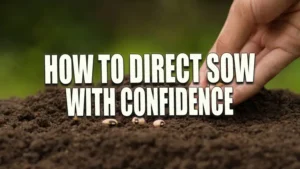







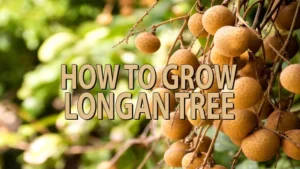
Leave your comment